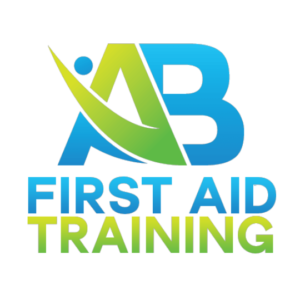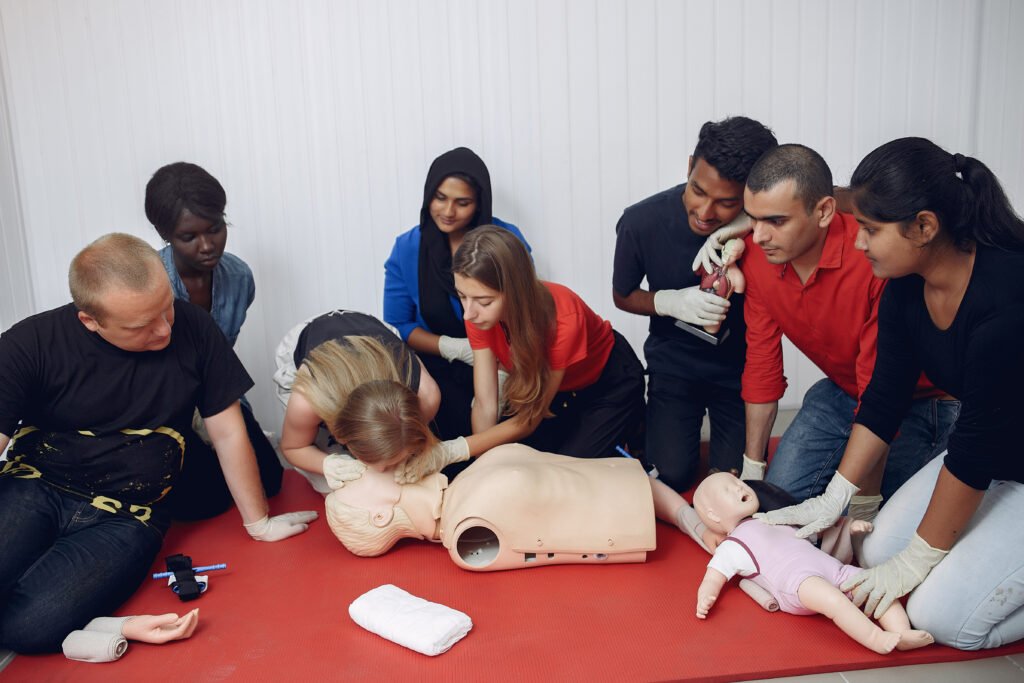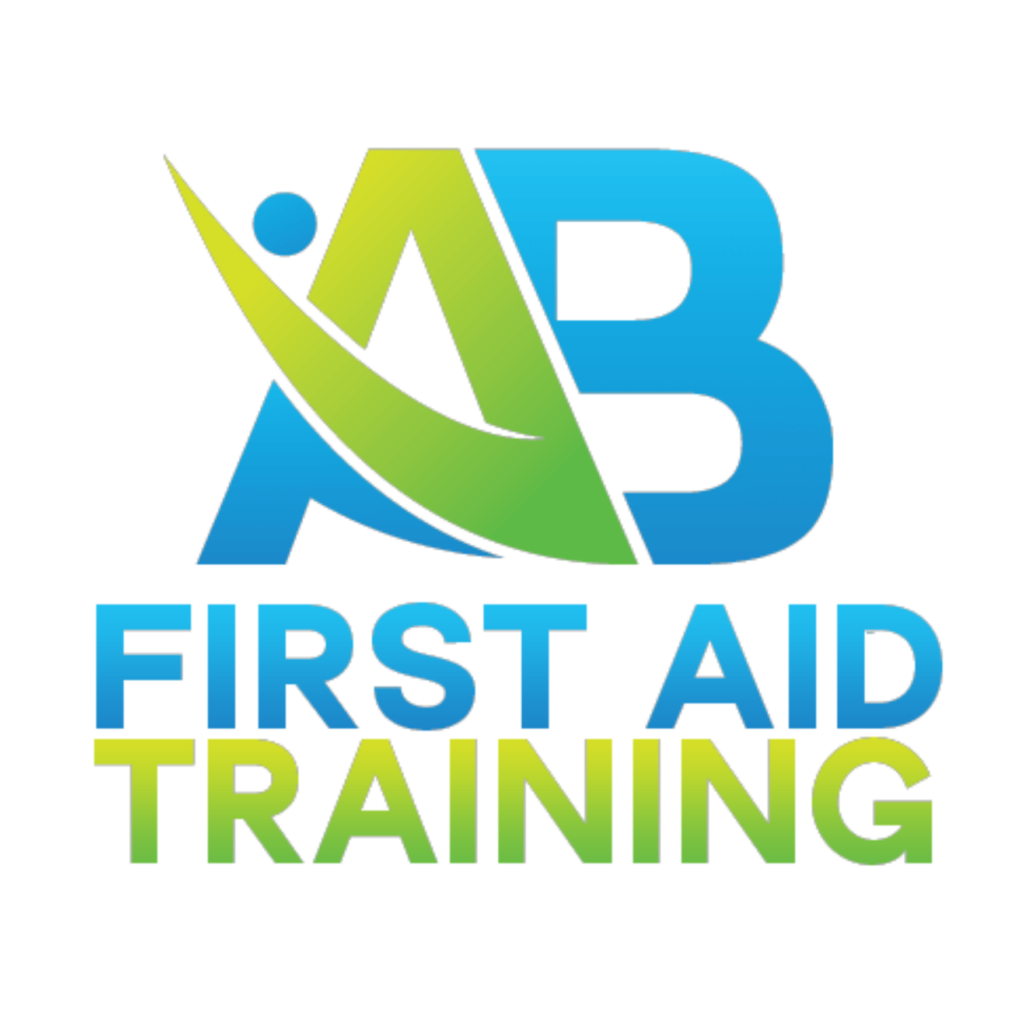Let’s talk about compliance training. No, not the “sit-through-a-video-and-sign-here” kind — we’re talking real, hands-on, life-saving, muscle-memory-building training.
Too often, we speak with training organisers and participants who’ve completed their “mandatory” first aid or fire warden training, only to confess, “We didn’t even touch an EpiPen,” or “We just talked about using the defib — never tried it.” – “We watched a video on lifting, but never actually practiced.”
That’s not training. That’s ticking a box.
When emergencies hit — cardiac arrest, anaphylaxis, a workplace fire — you don’t rise to the occasion. You fall to your level of training. And if your training was mostly passive, theoretical, or rushed? That’s exactly what your team will rely on in crunch time.
Let’s paint a picture:
- A worker collapses in cardiac arrest.
- Someone runs for the defibrillator.
- Another grabs an EpiPen — but fumbles, never having used one before.
- Panic sets in.
- A team member goes to lift a box awkwardly and throws out their back.
The result? Lost time, lost chances, and in worst cases — lost lives.
Let’s Get Serious: The Stats Don’t Lie
- Sudden cardiac arrest is a leading cause of death in Australia, with over 30,000 cases occurring out of hospital each year (Heart Foundation). Early defibrillation can increase survival rates by up to 70%.
- Anaphylaxis incidents have increased dramatically. In fact, hospital admissions for anaphylaxis have risen by 51% over the past decade (AIHW, 2021). Yet in many training sessions, participants never actually practice with a trainer EpiPen.
- And fire safety? Evacuation drills are often glossed over or never run at all — despite Safe Work Australia noting that 38% of businesses don’t practice emergency plans regularly.
So Why Are Corners Being Cut?
One word: cost.
It’s easy for training providers to shave time and money by reducing practical components. Fewer manikins. No simulation scenarios. Limited trainer engagement. Shorter courses. And yes — it makes the invoice look more attractive.
But what’s the real cost?
-
-
- Lost confidence: Staff feel unprepared in real emergencies.
- Higher liability: Businesses risk legal consequences if training was inadequate.
- Life and death: Let’s not sugar-coat it. Poor training can cost lives.
-
What to Look for in a Provider
Choosing a compliance training provider isn’t about who’s cheapest — it’s about who’s committed to doing it right.
Here’s what you should demand:
- EpiPen trainers in every first aid or asthma/anaphylaxis course.
- Defibrillator use on manikins with realistic, scenario-based training.
- Evacuation drills as part of Fire Warden or emergency response sessions.
- Simulated environments that push staff to think and do under pressure.
- Engaged trainers who share real-world experience and challenge participants.
- Compliance to Australian Standards (like HLTAID011, PUAFER005, etc.).
Don’t be afraid to ask:
“Will my staff actually practice these skills, or just talk about them?”
If the answer is vague or the course sounds suspiciously short — that’s your red flag.
It’s Not Just Compliance. It’s Culture.
When training is taken seriously, it builds a safety culture. Staff feel empowered. They’re not just meeting legal requirements — they’re ready to protect themselves and their teammates.
And yes, hands-on training takes time, resources, and a well-trained trainer. But isn’t your team worth it?
Our Promise
At AB First Aid, we’re here for the real training. You’ll see defibs on chests. You’ll jab an EpiPen into a trainer. You’ll run mock evacuations like they count — because one day, they just might.
We’re passionate (and maybe a little intense) about making sure when something goes wrong, your team can step up with confidence — not confusion.
Because at the end of the day, compliance training shouldn’t be about a piece of paper. It should be about people.
References:
- Australian Institute of Health and Welfare (AIHW). (2021). Allergic reactions and anaphylaxis.
- Heart Foundation. (2023). Cardiac arrest statistics in Australia.
- Safe Work Australia. (2022). Emergency plan and procedures in workplaces.
- Safe Work Australia. (2023). Work-related musculoskeletal disorders.


